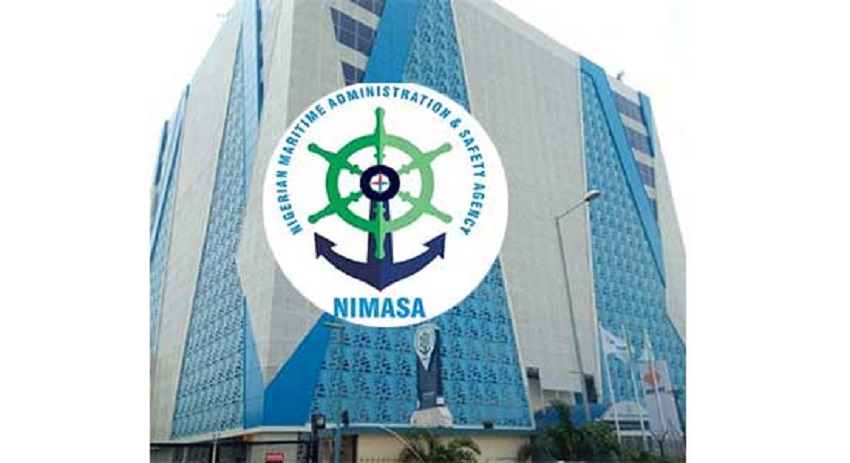Protecting cryptocurrency assets in wake of the Solana Wallet hack
The incident has brought up numerous concerns regarding the security provided by both the Solana network and “hot” wallets, which are fairly popular with the typical crypto investor, with cryptocurrency assets worth more than $8 million taken from about 8,000 people.
Cause of Solana attack unknown
While Solana’s Twitter account was quick to point out that the attack was not caused by a software compromise on the network, it also stated that its team of engineers was assiduously working with security researchers and ecosystem teams to determine the cause of this wallet attack.
According to preliminary investigations, hardware wallets used by Slope were safe from this issue because they only affected the Slope wallet on the Solana ecosystem.
According to Solana, impacted wallet addresses had their private key information sent to an application monitoring service at some point when they were generated, imported, or used in Slope mobile wallet programs.
Solana has already urged investors affected by the attack to abandon the affected wallets as they could still be compromised even after revoking wallet approvals. While the exact modus operandi employed is still unknown, crypto industry leaders have highlighted that the suspect transactions were properly signed, further indicating that it could be a supply chain attack with a specific focus on Slope ‘hot’ wallet users.
Applications, and devices can be hacked
Applications (software) and devices can be hacked. Since private keys are stored in application and device wallets, hackers can access them and steal your cryptocurrency and that sums up the Solana hack.
And if your wallet has been compromised, it’s paramount that you transfer any existing funds from your compromised wallet to another wallet.
Hackers will wipe your account of funds immediately, but if you’re lucky and they have not done this yet, it’s time for investors to take immediate action.
…



